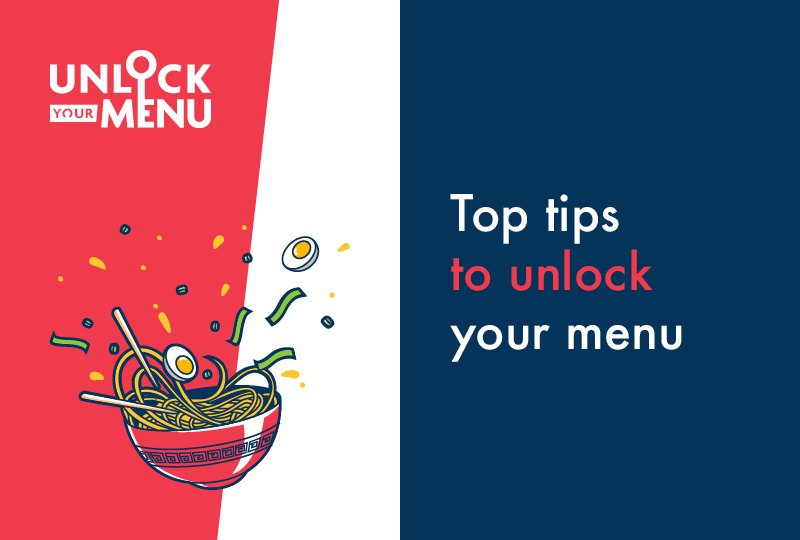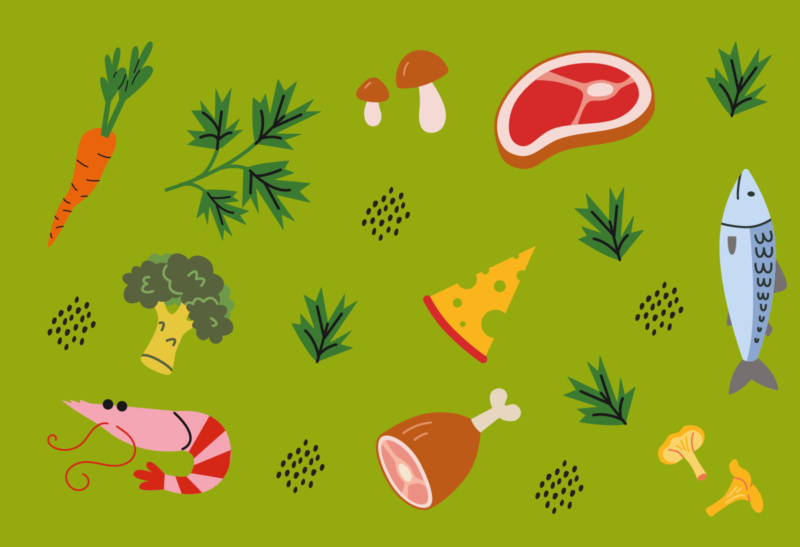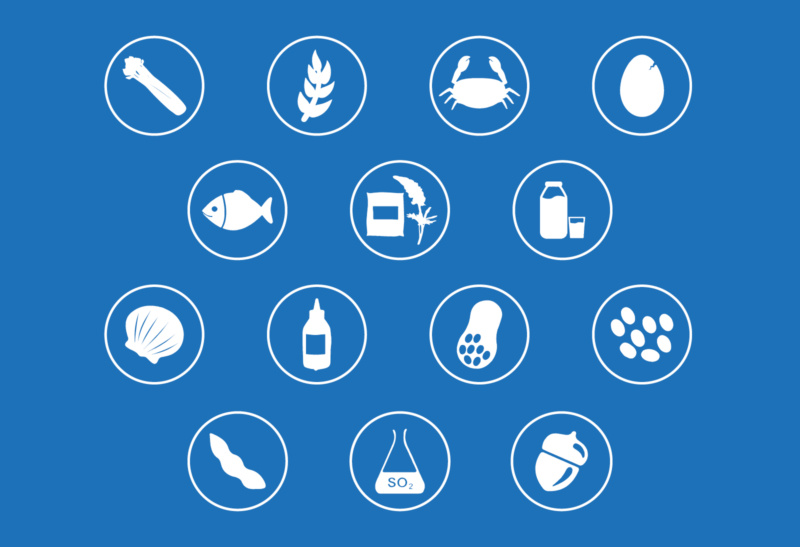Despite the positivity, there is of course, a new set of challenges facing our industry; we have a national HGV driver shortage and a shortage of hospitality staff, we’ve seen fuel and CO2 shortages, the supply chain is under strain and there are availability issues on key products. It’s a perfect storm situation that’s challenging, frustrating and quite frankly feels downright unfair given everything our industry has been through.
Flexibility feels like it’s the word on everyone’s lips right now, it IS the new norm. Things might not go according to how we planned them, and we might not be able to work in the usual way, but by taking a flexible approach to the months ahead we can best meet consumer needs together.
To try to make life easier, I have put together some ideas on making the most of working with what you’ve got and what you can control, unlocking your menu whilst we weather the storm.
Reduce your menu
Reducing the number of dishes on menus has been an effective strategy for operators to control wastage and complexity throughout the pandemic. Consumers are more understanding than we perhaps think, with 77% of consumers happy to visit a restaurant with a limited menu (1). You can gain even more control by using products in multiple ways across your menu. If you apply the principle of using one product in three ways each day, you can optimise your ingredients and drive efficiencies across your menu. Take a look at Fast. Flexible. Flavour. for inspiration.
Plan a flexible menu
Planning for the unplanned feels like the best approach right now – so why fight it? Planning for the unplannable also enables you to flex products in/out and depending on what’s available. You could consider embracing the specials board to appeal to the 71% of consumers that would like to see new items on their food menu at least once a month (2). Another tip is to keep your menu as generic as you can, if you don’t need to specify an exact product such as ‘cod’ when ‘fish & chips’ would do, you’ll have more opportunity to switch products in and out. A pie of the day, soup of the day, pasta of the day type approach suggests your menu is freshly made and gives you a chance to maximise what you have.
To make allergen management easier if you’re making quick last-minute changes, the MyRecipes and Menu Planning feature within our online shop, Bidfood Direct, allows you replace ingredients easily with just a couple of clicks, automatically recalculating quantities, allergens and costs. It is easy to create and manage recipes as Bidfood product information is live and automatically updated. If you wanted to add non-Bidfood ingredients, this is also simple – all you need to do is complete the required information and you’ll still have access to complete allergen, nutritional and costing profiles for your recipes.
Prioritise healthy, quality and seasonal
Quality is still consumers’ number 1 driver on where they will eat (3), coming in above price and breadth of choice. With this in mind, it could be a good idea to prioritise traditional consumer favourites and do these really well, alongside healthier options and any seasonal specials. As of July 2021, the top consumed menu items are chips/burger (with a staggering almost 50% share of all eating out occasions), and pizza (falling back slightly to 11% of occasions). Next in the list is salad which takes a 4% share of spend, ahead of fish and chips (at a relatively small 2.4%) (4). Although salad is the only ‘healthier’ option to feature in the top 5, healthy eating is a still a massive trend as we explore fully in our 2021 food trends report.
The pandemic encouraged a strong community spirit, with more consumers making conscious, more mindful choices about where their food comes from. Incorporating seasonal and local produce onto your menu not only gives you the best of what’s available right now, but helps you satisfy the 26% of diners buying more local produce than they were a year ago and the 23% that consider it more important that the food they eat out is British (5). You can freeze any leftover fresh food for later use to reduce your wastage if you have the space. Keep an eye out for the Crop Report and social media updates from our sister company, Oliver Kay, to find out what’s in season and keep updated on supply.
Make friends with your freezer
If you have the space your freezer can be your best friend, making light work on days when you have reduced staff or you simply want to get ahead. There are the obvious candidates where buying frozen gives you a credible alternative to fresh with the flavour and/or nutrients locked in, (I am thinking fruit and veg, bread, fish, poultry, red meat, desserts) – and will help you control portion sizes and minimise wastage. But did you know eggs, butter, flour, cheese can also all be frozen? If you have surplus and the space, freezing is a great way to cut down on your wastage. If you are short of staff, can you get ahead with prepped soups, stocks and sauces stashed in your freezer for staff to use as they need? If your recipe relies on the basic building block components, this could be a great way to control the fundamentals of your menu. Pre-preparing and storing veg will also cut down on time – chopped onions, garlic, peppers all freeze really well and can all be cooked from frozen.
Support your team
Don’t forget to look after your team so that they will look after you. I realise it’s difficult to not be able to meet your customers’ expectations as you normally would and your teams are having some challenging conversations right now. Ensure each day they know what’s on the menu and can promote any new dishes confidently, recommending alternatives with ease for any dishes that aren’t available.
There is much more that you will no doubt be considering in your business, and I know that the points above aren’t going to solve all of the challenges you face, but I hope this provides some inspiration and support on how you can take a flexible approach that will unlock your menu as we continue to move forwards through this tricky period.
Discover our Unlock Your Menu resource hub to find more support on the challenges the industry faces.
(1); (2) OMNE Hungry for New Edition 2
(3) FSF – Navigating the post lockdown landscape, March 21, Lumina
(4) UK Eating Out Market Report Consumer Update I12 WE 11.07.21
(5) CGA Consumer Countdown to Reopening Series Part 2



